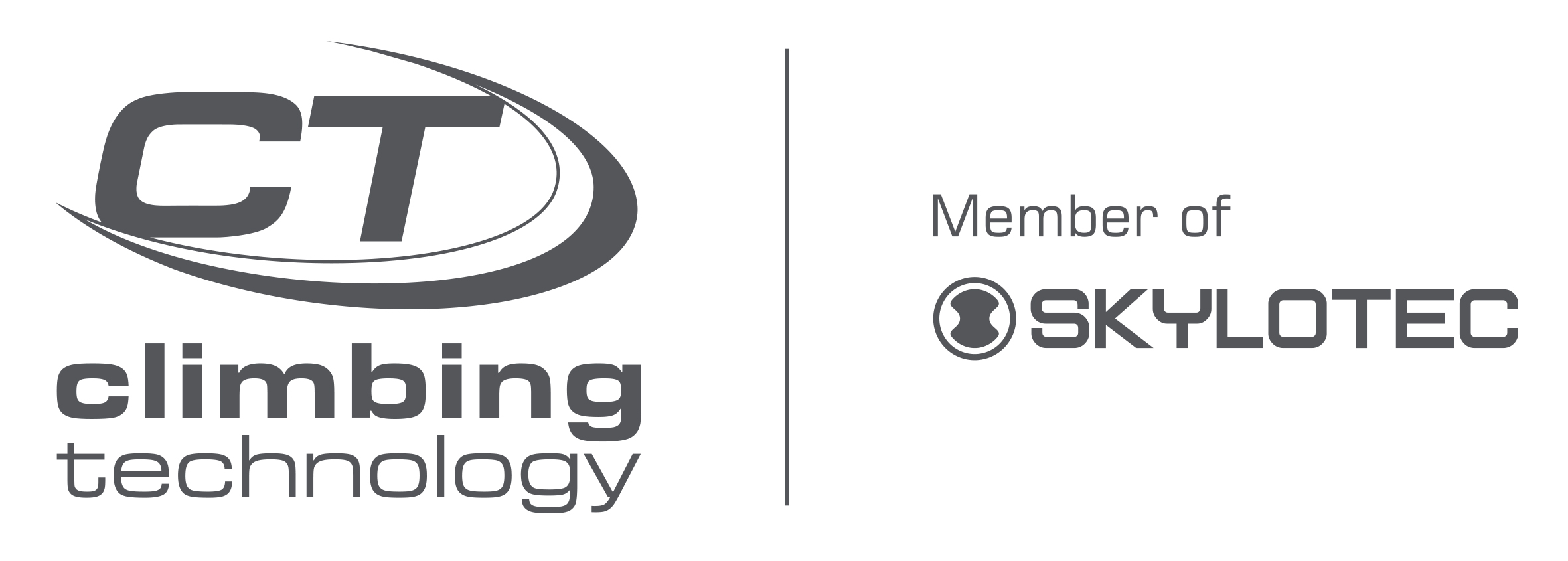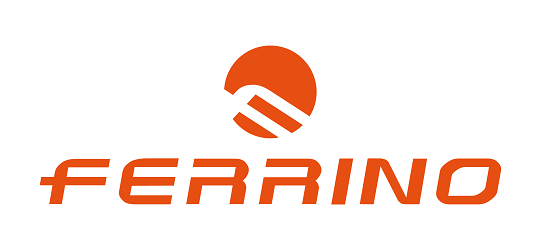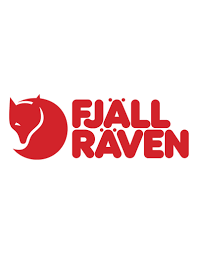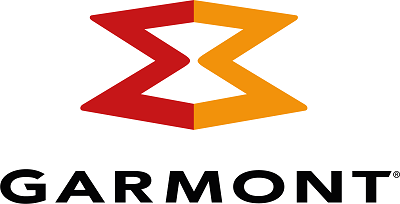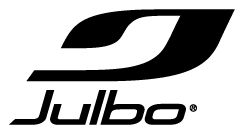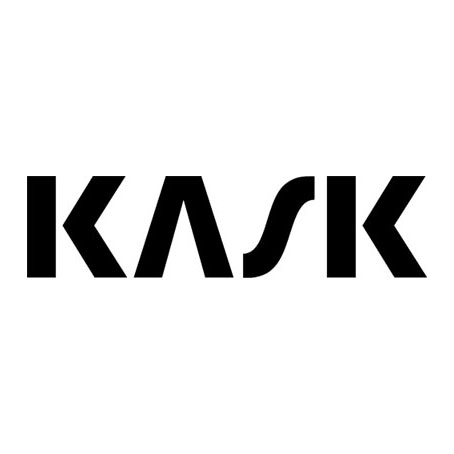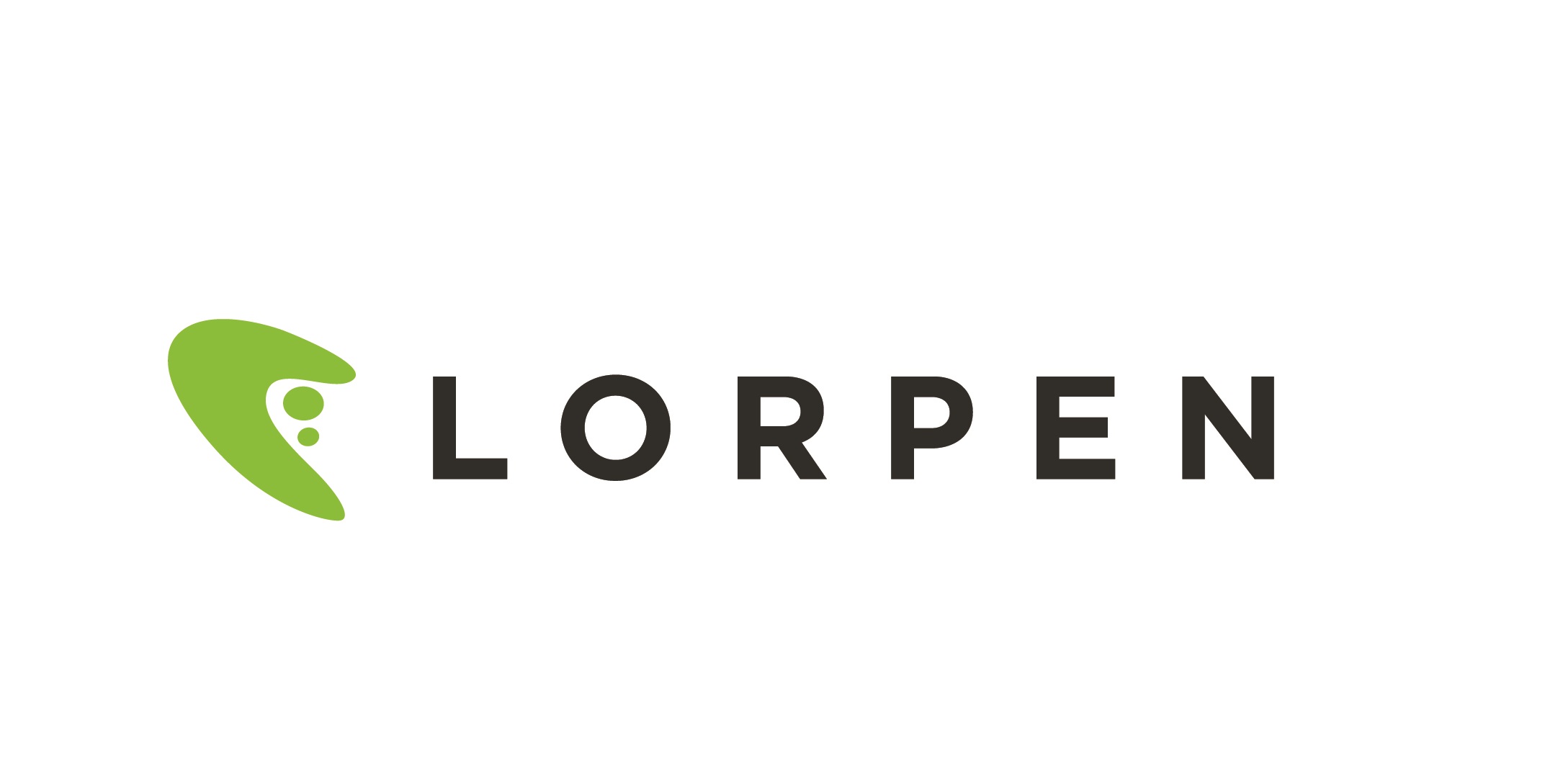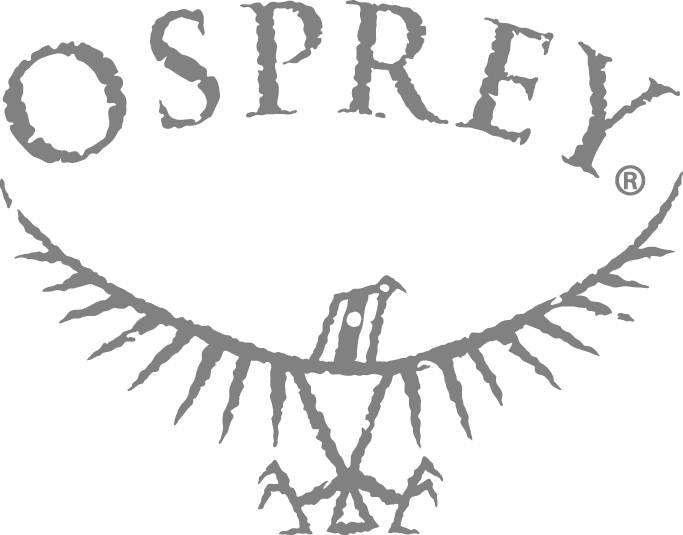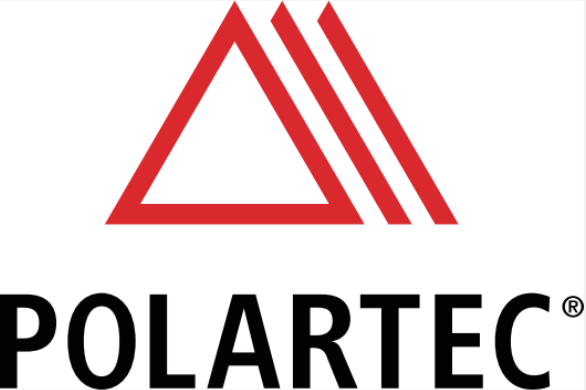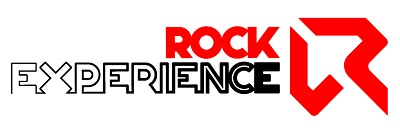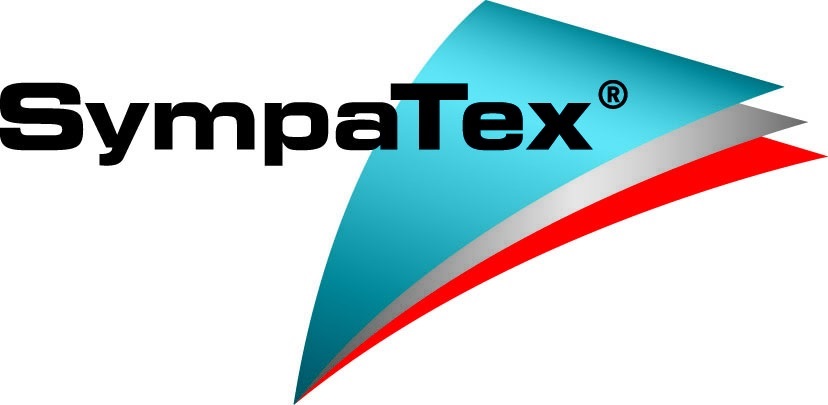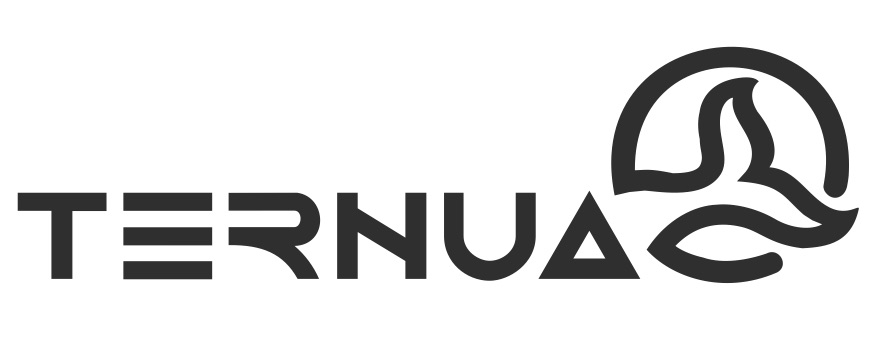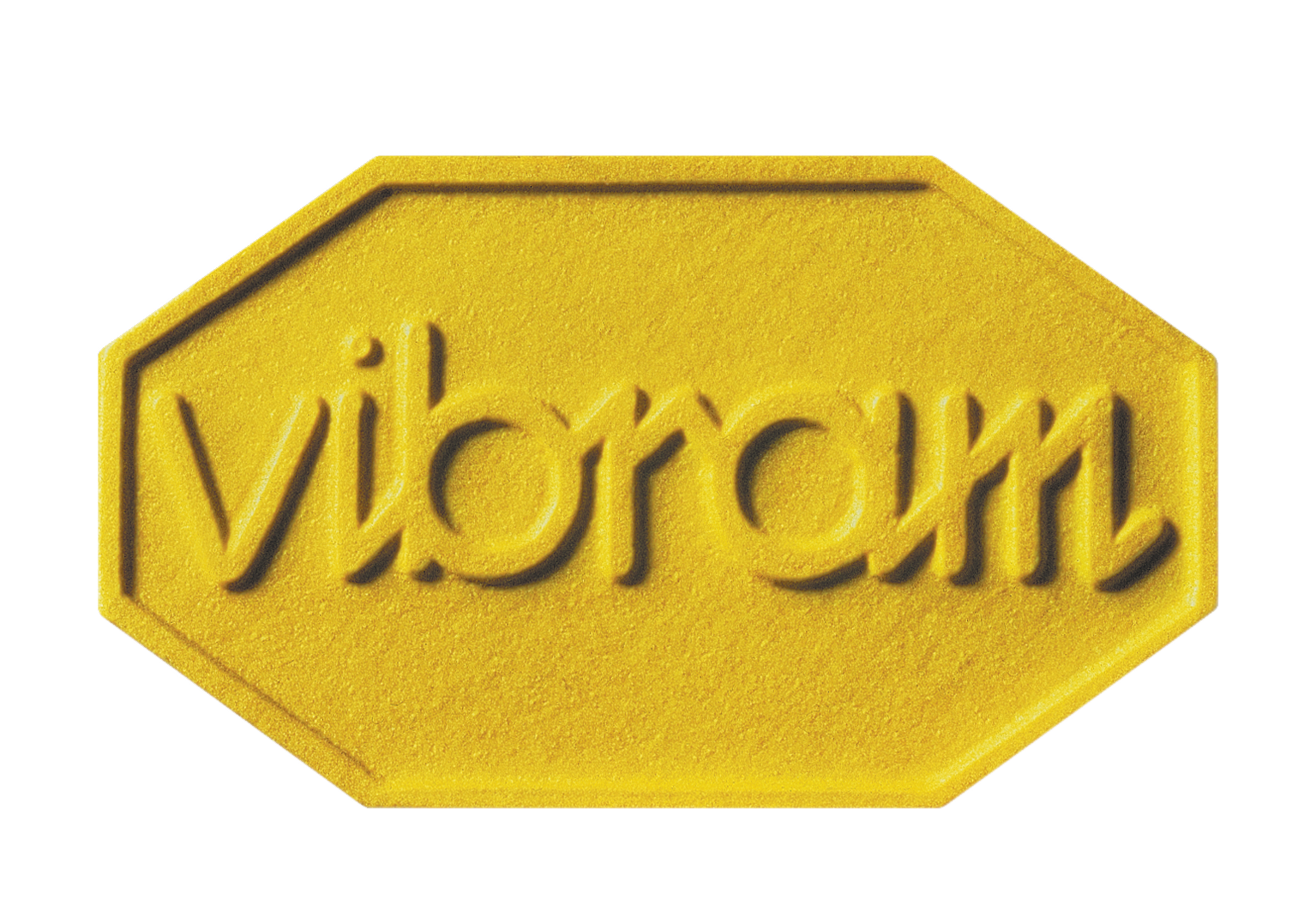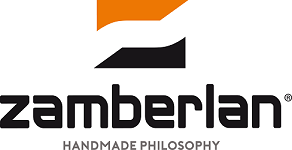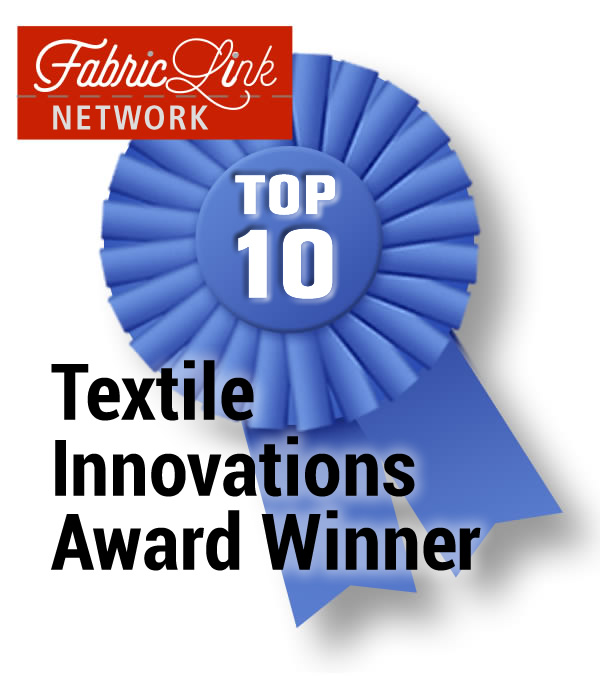 The FabricLink Network (FLN) announces their anticipated Top 10 Innovation Awards for 2016-17. The Award is presented to the ten most exceptional textile-based materials and technologies that have launched during the past year and are commercially available. The Top 10 Textile Innovations for 2016-17 include new fiber, fabric and insulation developments as well as novel insulation improvements, Smart Fabric technologies, and a botanical based molecular tagging solution that uses plant DNA to protect intellectual properties. The round up is impressive.
The FabricLink Network (FLN) announces their anticipated Top 10 Innovation Awards for 2016-17. The Award is presented to the ten most exceptional textile-based materials and technologies that have launched during the past year and are commercially available. The Top 10 Textile Innovations for 2016-17 include new fiber, fabric and insulation developments as well as novel insulation improvements, Smart Fabric technologies, and a botanical based molecular tagging solution that uses plant DNA to protect intellectual properties. The round up is impressive.The Top 10 Textile innovators are recognized for technical achievements and originality that improves or advances the finished product applications and performance. The accomplishments and innovative applications developed by this year’s Top 10 Innovations Award winners highlight the advancement of textile products occurring worldwide. The awards recognize the focused research and development effort required to create products that address needs within the specialty fabric markets. In first place, deserving the acclaim of a top criminal suspense show, is CertainT™ Platform from Applied DNA sciences.
1.CertainT™ Platform, authenticates Synthetic products throughout the supply chain. The CertainT™ Platform provides users of the SigNature® T system for man-made fibers and synthetics, such as recycled PET, with a single streamlined platform to tag, test and trace their products from source to shop. The CertainT™ Platform participants will be able to offer an efficient and trusted traceability system for their entire supply chains, assuring the quality, performance and integrity of their products. Knowing where a product comes from, and also where it is going, is important to both retailers and consumers, and can be used as evidence in courts around the world. Applied DNA Sciences’ patented and proprietary textile tagging and testing systems that underpin the CertainT™ Platform provide supply chain certainty that protect products, brands, and intellectual property from fraud, counterfeiting, theft and diversion.
2. comfortemp® fiberball padding provides a new dimension in thermal insulation, developed by Freudenberg Performance Materials. Made from interconnected fiberballs, it is a quality thermal insulation that is as light and soft as down, which has always been the first choice for thermal insulation. The comfortemp® fiberball padding material consists of many small fiberballs, between which are many small air pockets that together provide high thermal insulation. With comfortemp® fiberball material, few or no baffle chambers are required. Italian lifestyle brand Napapijri will launch its “Superlight Parka” for Fall/Winter 2017, utilizing its proprietary THERMO-FIBRE® technology powered by comfortemp® fiberball padding.
3. Electro-Yarn Introduced by Marubeni America Corporation as the “world’s first conductive thread,” Electro-Yarn is a polyester multifilament, multi-walled carbon nanotube. Each individual filament in the multifilament yarn has been thoroughly coated with carbon nanotubes. The robust network of circuits allow for the maintenance of high conductivity even through extreme expansions and contractions of the yarn. Because Electro-Yarn is lighter weight and has a larger surface area compared to metallic wires, the electrical resistance of Electro-Yarn is maintained throughout the entire length of the yarn, and the surface heating is exponentially faster than metal wires. Electro-Yarn can be used in the following applications: electrically functional outerwear (heating and signal); electrical shoe heaters; as a signal/power line for body sensors; and for built-in wiring in tents.
4. Evrnu and Levi Strauss & Co. (LS&Co.) have created the world’s first jean made from regenerated post-consumer cotton waste. Using a new patent-pending recycling technology, discarded consumer waste is converted into renewable fiber. The first prototype was made in the form of the Levi’s iconic 511® jeans. (Each year in the U.S., 13.1 million tons of textile waste is created. Of this, 11 million tons ends up in landfills.) Until the development of this process, there hasn’t been a viable solution that effectively transforms old clothes into new garments, without compromising quality and strength. The Levi’s® jean prototype, developed by Evernu and LS&Co., was created from five discarded cotton T-shirts. Both companies envision the creation of a circular economy that extends the life of cotton and eliminates waste by breathing new life into used clothing.
5. Maestley™ developed by Teijin Cordley Limited, the Teijin Group’s man-made leather business, is a new high-grade natural leather substitute. Maestley™ has an equivalent texture and richness to natural leather. Teijin Cordley developed Maestley™ through innovative developments in fiber selection, of non-woven structures, based material density, and lamination methods. Prices for high-grade natural leathers are rapidly increasing along with rising demand, while supplies in developed countries are decreasing. Teijin will also launch a new series of products with Japanese tanners that look and feel like natural leather, deploying the same production processes as those used for natural leather.
6. Noble Biomaterials, Inc., a global leader in conductive solutions for smart textiles, collaborated with Bemis Associates to develop a conductive advanced material that is infused with Sewfree® technology, and allows for simple and durable integration of electronics into apparel. This fully-bonded, conductive material is engineered with Noble’s Circuitex® technology and provides for the detection, transmission and protection of electronic signals in a soft/flexible format. Its unique construction provides designers complete freedom to design smart garments with integrated stretch and durability using Bemis Sewfree® bonding. Circuitex is made by permanently bonding pure silver, nature’s most conductive element, to the surface of a textile fiber or fabric. The bond creates a continuous layer of silver, yet retains the flexibility, comfort and durability of the textile material. Products using Circuitex can provide myriad data streams (ECG, EMG, strain, pressure mapping), as well as allowing for active power delivery (lighting, electro-muscle stimulation, basic power).
7. ReSafe/ATIKS Mark VIII is a Chilean company offering Mark VIII safety gloves, which protect the fingers from injury and can withstand a direct hit from a hammer on each finger, a slice from a saw, and sparks from a circular saw. The ATIKS Mark VIII gloves are fully flexible, giving workers impressive dexterity considering the level of durability and protection. The shatterproof thermoplastic material in the liner allows the wearer to maintain fingertip sensitivity and motor skills as it protects from impacts, cuts and punctures. While equipment blades can cut through leather, the thermoplastic fingertip liner prevents the blade from reaching the fingers.
8. Schoeller® WB-400 is a soft-shell fabric with a local Swiss wool interior layer. The natural high-tech layered fabric provides a completely new insulated soft-shell look, which is an exciting alternative to conventional down for outerwear. The groundbreaking laminate utilizes the light insulation wool fleece in a special layered construction. The washable wool comes from sustainable sources in Europe and is mulesing-free. The schoeller® WB-400 fabric is available with or without a membrane, and the shape-retaining yet elastic wool fleece can be sandwiched between an elastic polyamide exterior and a pleasantly soft inner lining.
9. Spinnova, a spin-off from VTT Technical Research Center of Finland, has developed a new “wood fiber yarn” technology that turns wood fibers directly into yarn, without the use of complex chemical processes. The yarn manufacturing method consumes 99% less water and 80% less energy than cotton. (Based on the technology, the amount of wood used annually in Finland would be enough to replace the world’s entire cotton production.) This unique technology could revolutionize both the textile and forest industry. No harmful chemicals or energy or water-consuming steps are required. The method resulted from an idea to combine the web-weaving method of spiders with paper manufacturing. The most suitable raw material used in this technology comes from spruce and pine trees.
10. Xtegra™ is an auxetic fabricmade from yarn anddeveloped by Advanced Fabric Technologies (AFT). Xtegra™ yarn has two components: 1.) An elastomeric core fiber, and 2.) A wrapped fiber with a smaller diameter than the core. This wrapping creates an Auxetic effect that increases the tensile strength of the yarn. When the Xtegra™ auxetic fabrics are stretched, unlike most fabrics that get thinner and weaker, AFT’s Xtegra™ fabrics get thicker and stronger. When combined with specialized materials, Xtegra™ auxetic fabrics provide high strength and lightweight applications for military and public safety blast protection. Xtegra™ fabrics are also compatible with nanotechnology, which provide “Smart Fabrics” with a range of medical applications, including monitoring, status reporting, and autonomous triage.
To be eligible for the award, the textile product technology or production process improvement must have been developed in the previous year, and be commercially available during the current year.














